If you’re ready to throw in the towel when it comes to cooking fish, don’t give up just yet. You may be one little mistake away from having perfectly seared tuna or light and flaky salmon fillets, right at home. These tips and tricks will help you find your bearings and correct your fishy mistakes for good.
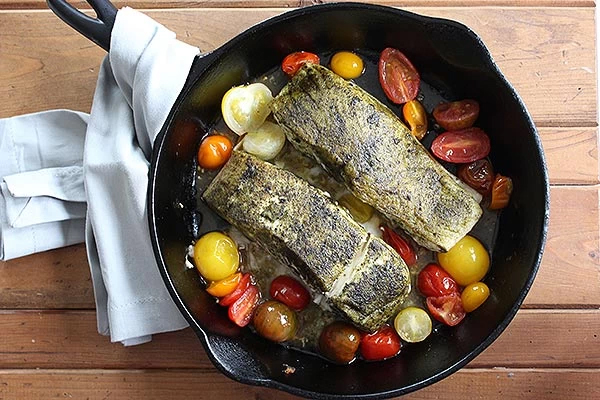
Choosing the Wrong Pan
You may instinctively reach for that non-stick cookware, but stainless steel or cast iron are your best friends when it comes to creating that perfectly seared salmon. Heat is key to creating that crust (more on that later), and some recipes require you to pop your pan in the oven for that final finish, so an oven-proof pan is the way to go.
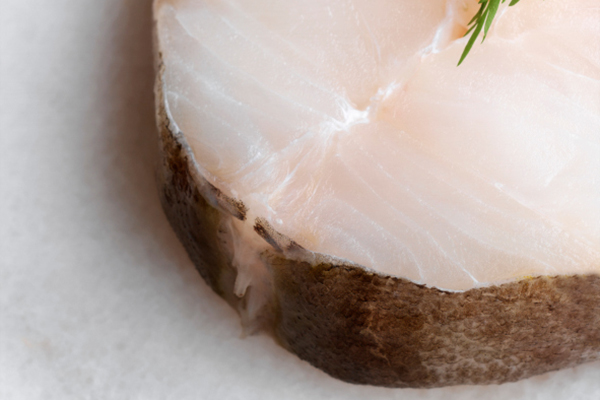
Starting With Wet Fish
To make sure your fish cooks up crisp and any seasoning sticks to it, dry it off with a piece of paper towel first. This is especially important if you plan to salt or marinate it before cooking. Starting with soggy fish means your marinade or salt won’t penetrate it, leaving the flavours on the outside.
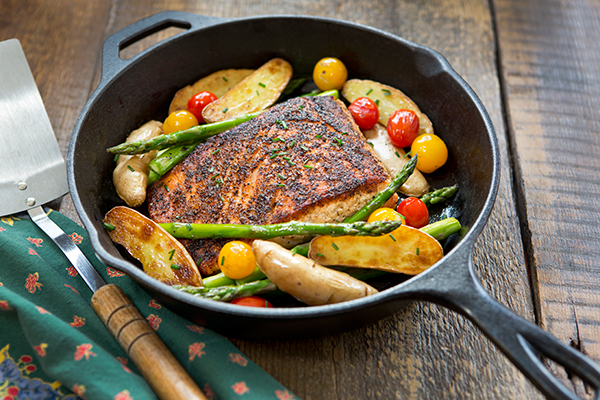
Keeping it Cool
If you’ve cooked fish before, you’ve probably flipped out when your fish falls apart mid-flip, leaving pieces stuck to the pan. Believe it or not, the key to that super seared skin that releases from the pan with ease is a really hot pan. Before you even dream of dropping that filet, crank the heat and use lots of oil. Then, without letting go, slide the piece of fish skin side down along the pan. If it glides with ease, drop it in. If it sticks, get it out of there and wait till that cast iron is ready to sear.

Not Coating It
It you’re iffy about hot oil or have no patience to master the hot pan trick, try coating one side of your fish with a layer of panko breadcrumbs. The layer between the fish skin and the pan will protect the fish, while delivering a tasty, crispy coating. You can also sprinkle a layer of salt on the pan before placing the fish. This creates a thin barrier for the fish to rest on, preventing it from sticking to the pan directly.

Overcooking It
It’s easy to ruin a good piece of fish by overcooking it, leaving you with dry, rubbery fish instead of light and flaky fillets. Whitefish, like cod, should be cooked to about 140°F. If you don’t have a thermometre, look for an opaque colouring and flaky texture. Salmon is at medium rare when it hits 125°F and the centre will still be a little translucent. Tuna can be eaten rare, and when searing, the outer layer should be opaque, with the internal still translucent and registering at 110°F.

Using the Wrong Type of Fish
Not all fish is created equal. While hearty cod will stand-up in stews, light tilapia will cook and turn to mush if if bubbles away in liquid for hours. Do your fish justice by picking the right recipe, or keep a detailed grocery list when shopping to make sure you’re selecting the right kind. When in doubt, ask the fishmonger for help. That’s what they’re there for.
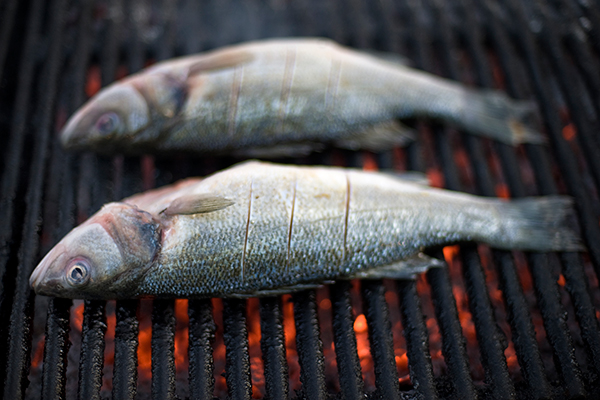
You Remove the Skin
The skin is easier to remove once you cook it, plus it serves as a protective layer between your hot pan and the delicate flaky fish. The exception is when you’re poaching, feel free to ditch the skin before you poach.
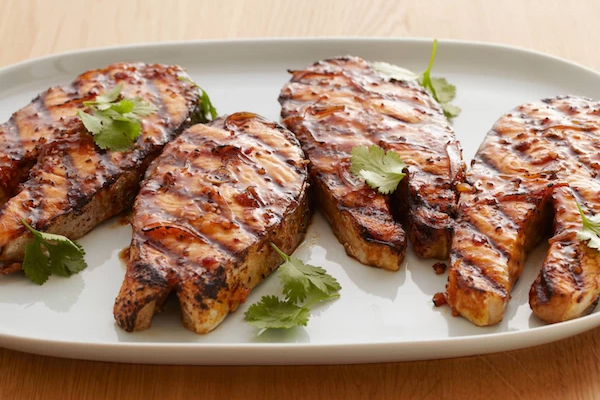
But You Leave the Bones In
No one likes biting into a piece of light and flaky salmon, only to find a bone lurking. It may be tedious, but it’s best to remove all the bones before you heat the pan. Feel along the flesh and use tweezers to grab and discard those tiny buried bones. If you’re cooking a whole fish, don’t worry about it. A few bones are part in parcel with cooking whole fish.
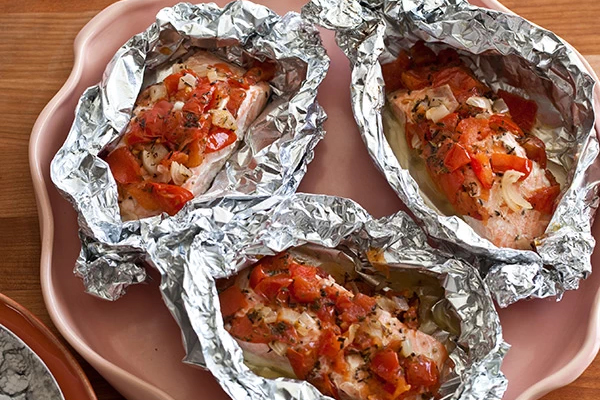
Poaching Fish in Water
Poaching is a chance to infuse your fish with flavour. Try adding little broth, some lemon juice, garlic or herbs to your poaching liquid for a beautiful burst of taste to your fillets.
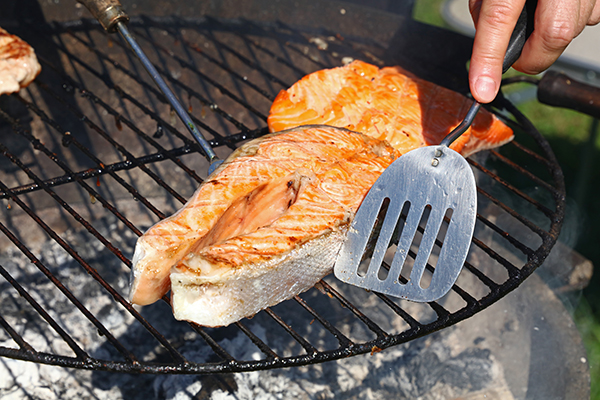
Using the Wrong Tools
You may think tongs are the best tools for cooking meat, but fish is so delicate and flaky, it’s best to opt for a spatula. A fish turner is even better! The super-thin tool is perfect for getting underneath flaky fish without leaving half of it stuck to the grill.
